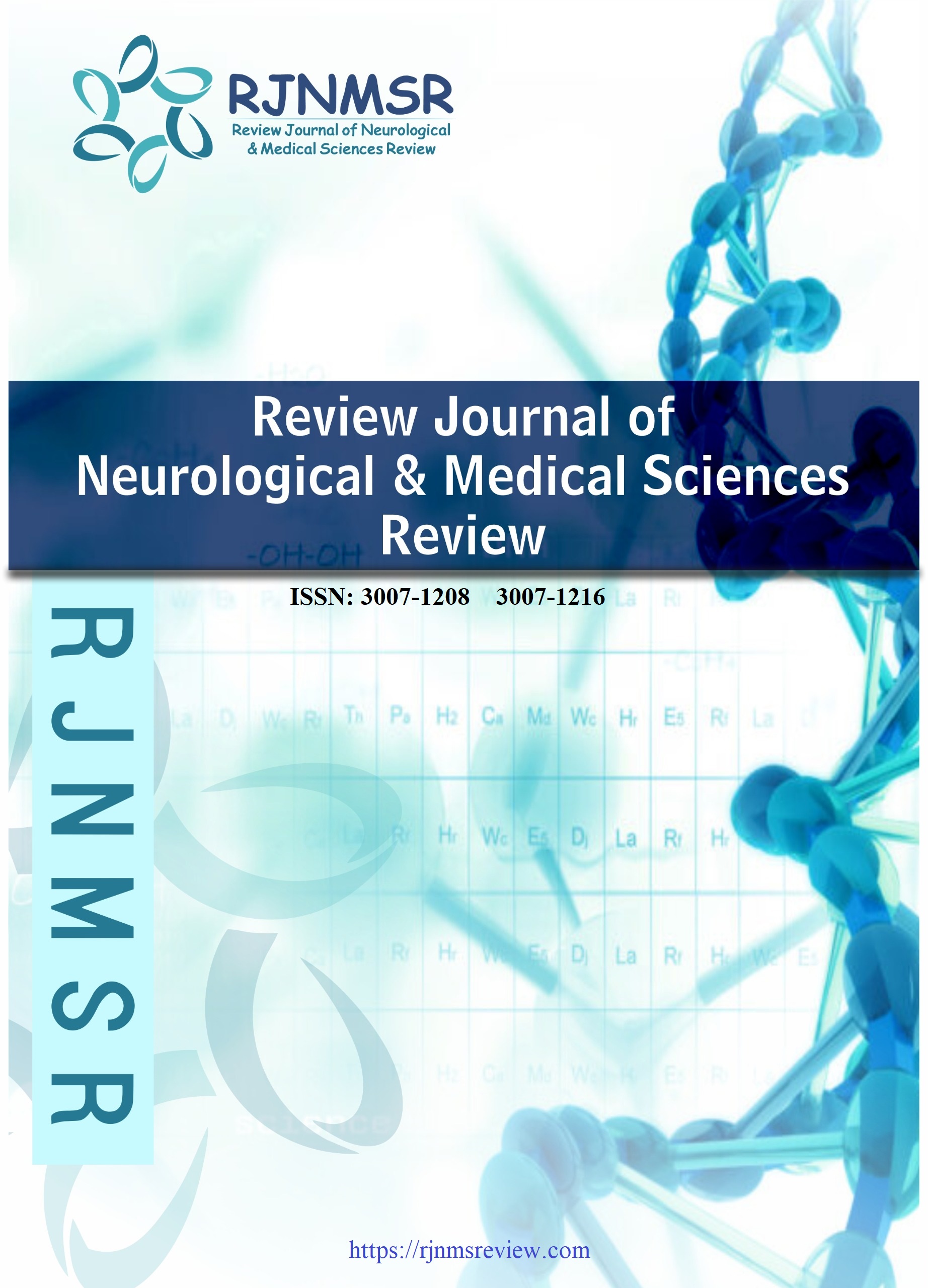FREQUENCY OF ROTATOR CUFF ABNORMALITIES ON SHOULDER MRI IN SYMPTOMATIC PATIENTS OF DIFFERENT AGE GROUPS
DOI:
https://doi.org/10.63075/6v8f0x85Keywords:
Rotator cuff abnormalities, Shoulder MRI, Rotator cuff tears, Symptomatic patients, Age groups, Tendinitis, Full thickness tearAbstract
Background Shoulder pain can be caused by problems with the rotator cuff, which is common among all individuals. Its causes are both external and internal. Management relies on anatomical knowledge and accurate diagnosis through testing. The aim is to bring things back to normal. MRI helps determine the nature and extent of the problem, which facilitates treatment planning and diagnosis. Objective To determine frequency of rotator cuff abnormalities on shoulder MRI in symptomatic patients of different age groups. Methodology Using a GE 1.5T scanner, data were gathered from symptomatic patients (less than 60 years old) having shoulder MRI scans. Convenient sampling was used. Microsoft Excel 2025 and SPSS were used for data analysis, along with chi-square tests and descriptive statistics (p-value <0.05 was deemed significant). Results The study of 99 symptomatic patients (59.6% male) revealed rotator cuff tears in 52.5% of cases (33.3% complete, 19.2% partial), with tendonitis in 50.5% and age-related tendon thickening in 35.4% (p=0.003). Younger patients (19-30 years) showed more complete tears, while degenerative changes increased with age, and males exhibited more severe pathology than females. Conclusion Rotator cuff abnormalities demonstrate distinct age and gender patterns, indicating both traumatic and degenerative origins. These findings highlight the importance of clinical correlation when interpreting MRI results and support age-specific diagnostic approaches.Downloads
Published
2025-08-14
Issue
Section
Articles
How to Cite
FREQUENCY OF ROTATOR CUFF ABNORMALITIES ON SHOULDER MRI IN SYMPTOMATIC PATIENTS OF DIFFERENT AGE GROUPS. (2025). Review Journal of Neurological & Medical Sciences Review, 3(4), 298-309. https://doi.org/10.63075/6v8f0x85

